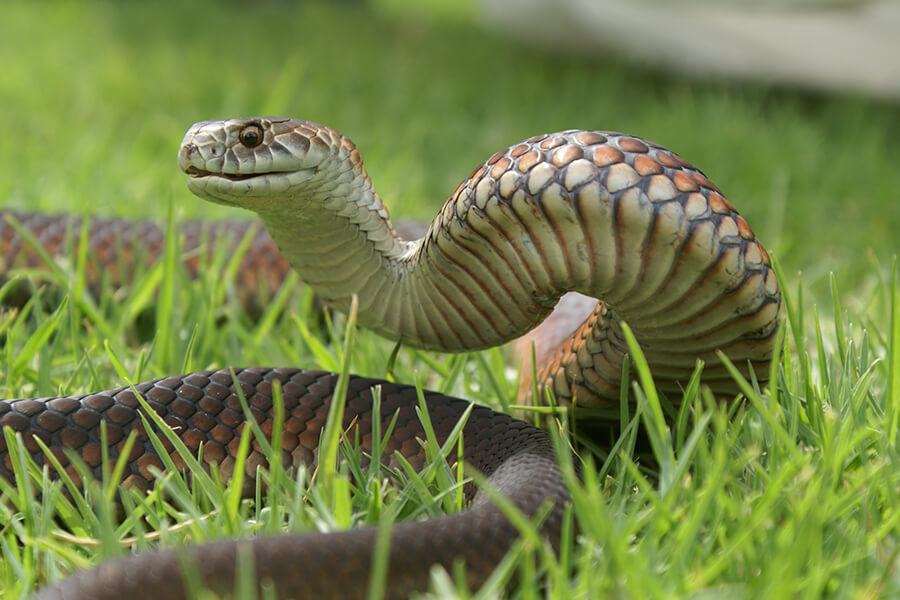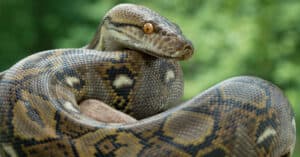Introduction
Australia is well known for its unique wild animals, including a varied array of venomous snakes. These animals, while typically been afraid, play vital functions in preserving environmental balance. Recognizing the preservation of Australia's venomous serpents and the role that education and recognition play can substantially enhance our coexistence with these interesting reptiles. This write-up explores different elements of serpent conservation, the significance of public education and learning, and useful emergency treatment procedures for snake bites.
Conservation of Australia's Venomous Snakes: The Function of Education and Awareness
In Australia, snakes are a vital part of the ecosystem, regulating parasite populaces and contributing to biodiversity. However, several varieties encounter hazards due to environment loss, climate modification, and human activity. The preservation initiatives aimed at protecting these reptiles hinge significantly on education and learning and elevating understanding amongst the public.

By informing individuals regarding snake habits, their ecological importance, and secure techniques for cohabiting with them, we can minimize fear-driven activities that lead to unneeded killings or injuries. Educational initiatives help resolve misconceptions surrounding snakes-- such as the typical concern: are tiger snakes venomous?-- and motivate respect for their role in nature.

The Importance of Understanding Programs
Awareness programs are important in transforming public perceptions concerning snakes. Numerous individuals check out these reptiles as inherently harmful without comprehending their ecological roles. Public outreach efforts can include workshops, community occasions, institution programs, and information campaigns developed to inform individuals regarding:
- Identification of venomous species: Recognizing which snakes threaten aids individuals prevent encounters. Safe behaviors: Mentor people how to act around snakes can avoid bites. First aid knowledge: In instances where bites do happen, being informed regarding emergency treatment for serpent attacks can save lives.
By enhancing awareness via structured education and learning efforts, we can promote a society that values wildlife and focuses on conjunction as opposed to fear.
Types of Venomous Snakes Established In Australia
Australia is home to several of the globe's most poisonous serpents. Here's a short introduction:
Tiger Serpent (Notechis scutatus)- Commonly located in coastal regions. Known for its powerful neurotoxic venom. Frequently seen near water bodies.
- Highly aggressive with powerful venom. Responsible for more snakebite casualties than any various other types in Australia.
- Known for its ambush searching style. Has swift striking rate with very neurotoxic venom.
- One of Australia's biggest poisonous snakes. Its bite can provide big quantities of neurotoxin.
- Generally non-aggressive yet still possesses dangerous venom. Found mainly along the southwestern coast.
Understanding Their Habitats
Understanding tiger serpent habitat is essential for both preservation efforts and public safety. Tiger snakes thrive in areas close to water sources such as swamps, lakes, and marshes but they additionally inhabit seaside regions. Safeguarding these habitats is important for making sure the survival of not only tiger serpents however additionally various other wild animals within these ecosystems.
Habitat Defense Initiatives
Various organizations function towards habitat security via initiatives such as:
- Establishing protected areas Restoring broke down habitats Promoting lasting land use practices
These gauges not only benefit tiger snakes however add to overall biodiversity conservation.
The Role of Study in Conservation Efforts
Research plays a pivotal role in comprehending snake populaces and their health condition. Recurring studies into the ecology and actions of Australian serpents educate preservation strategies by offering information on populace numbers, breeding patterns, and hazards dealt with by various species.
Key Research study Areas Include:
- Venom analysis Population dynamics Habitat preferences
This research study can lead reliable administration strategies to secure prone species while assisting in conjunction with humans.
First Help for Snake Bites: Necessary Knowledge
One important aspect that links with education is understanding what to do in situation one struggles with a serpent bite-- a scenario that requires prompt feedback skills.
What Every First Aid Package Must Contain
A proper serpent bite first aid package must include:
- Compression bandages Sterile gauze pads Antiseptic wipes A splint or immobilization device Emergency get in touch with numbers
Step-by-Step First Aid Therapy for Snake Bite
Remain calmness; attempt to limit movement as it might spread out poison quickly. Apply a compression bandage above the bite website without cutting off circulation. Keep the bitten arm or leg incapacitated at or listed below heart level. Seek emergency clinical assistance immediately.Why Education and learning on Emergency treatment Is Crucial
Educating neighborhoods regarding first aid procedures guarantees Western Brown Snake timely responses during emergencies which can considerably minimize morbidity related to snake attacks throughout Australia.

Frequently Asked Inquiries (Frequently asked questions)
1. Are tiger snakes venomous?
Yes! Tiger snakes are very venomous with neurotoxic impacts which make timely clinical therapy vital after a bite.
2. What ought to I do if attacked by a baby tiger snake?
Follow requirement first aid treatments immediately-- keep calm, incapacitate the limb, apply stress above the bite website utilizing a plaster or towel without restricting blood flow-- and seek medical assistance without delay.
3. Just how typical are serpent attacks in Australia?
While data vary year-to-year because of aspects like weather conditions influencing snake tasks; typical reports suggest around 300 instances every year with casualties being reasonably uncommon as a result of better clinical responses.
4. Can I deal with a serpent bite at home?
No! Home therapies such as using ice or sucking out venom are inefficient; professional clinical interest is required after any kind of suspected bite incident.
5. What's distinct concerning eastern brown snakes?
They're known for their hostile nature integrated with potent poison; they represent most fatal attacks in Australia due mainly to their closeness to booming areas!
6. What are some common indications complying with a serpent bite?
Symptoms may include swelling around the bite location, pain at or near the website; systemic signs could involve nausea or problem taking a breath depending on toxin type dugite absorbed right into bloodstream!
Conclusion
Conservation initiatives bordering Australian venemous snakes depend upon effective educational approaches that encourage areas while promoting respect towards these often-misunderstood animals! By enhancing Emergency treatment recognition concerning their environmental relevance along with appropriate safety procedures-- consisting of first aid knowledge-- we pave roads towards lasting coexistence benefiting both human beings & & wildlife alike!
In significance-- the discussion surrounding conservation should continue growing with aggressive interaction marrying clinical research along with community involvement making sure purposeful influence today & & tomorrow!